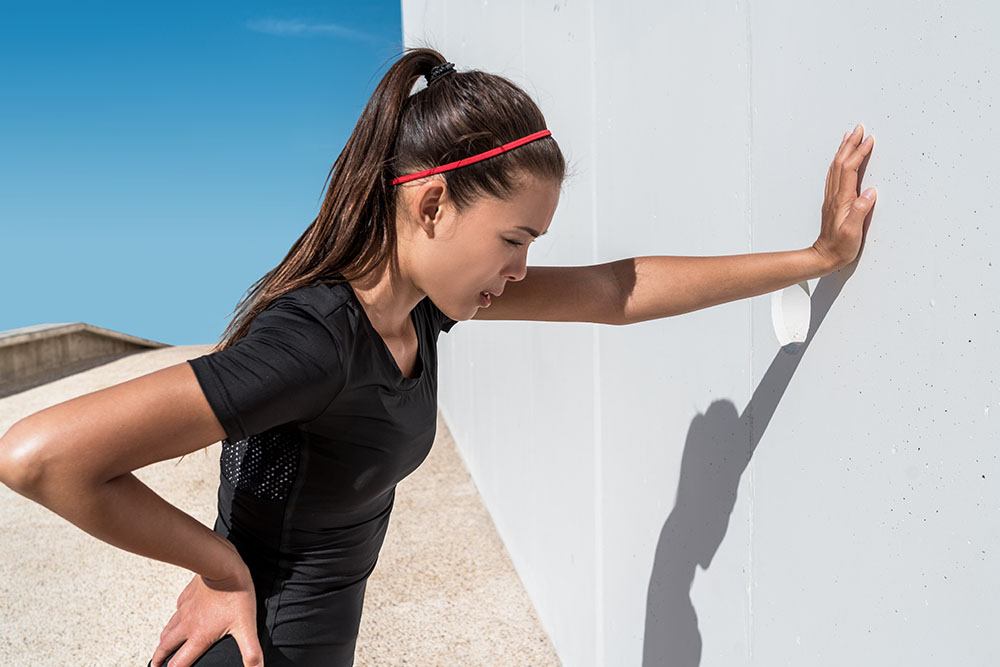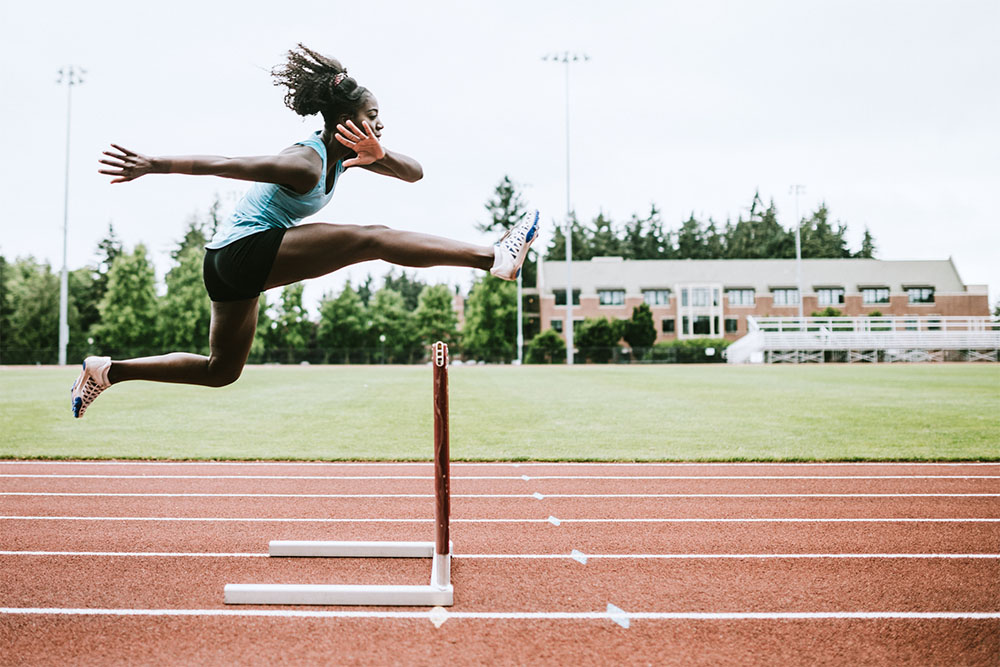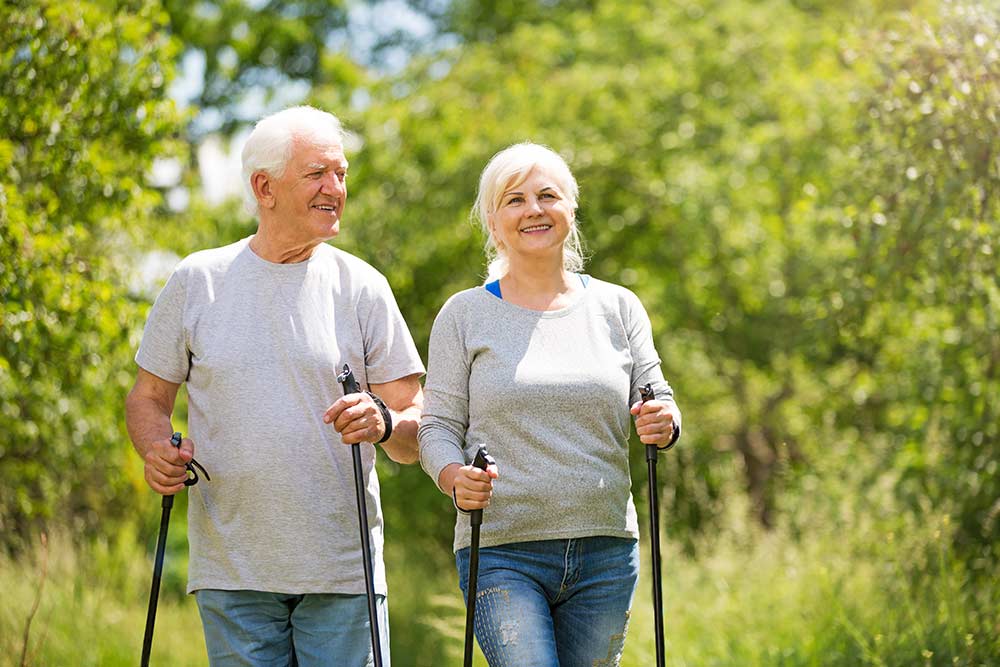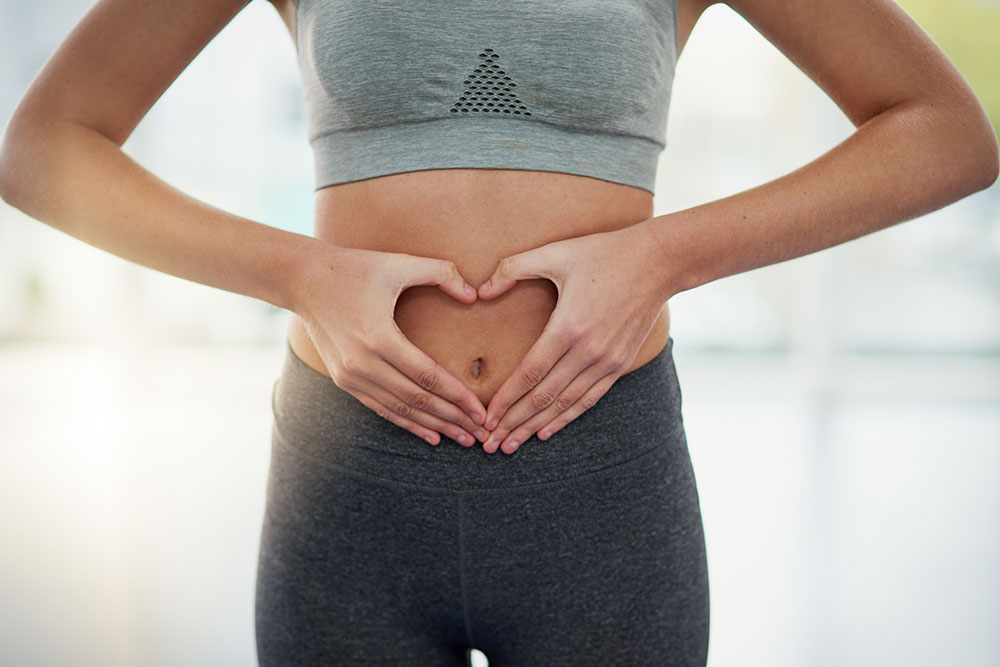Exercise to Prevent Osteoporosis
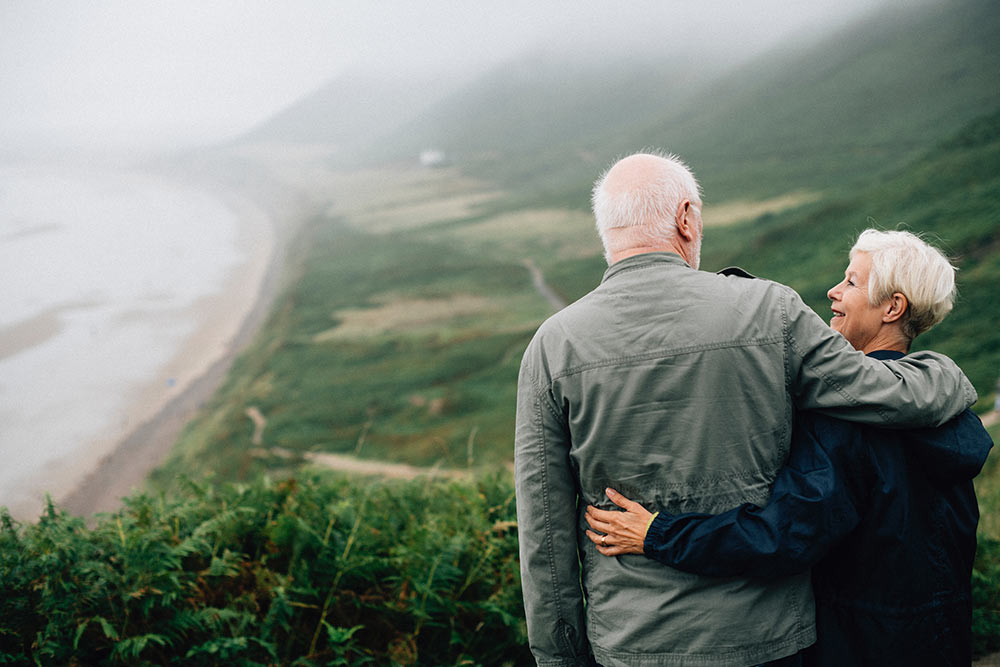
Hunter Bennett
In modern society, we are now being afflicted by a number of unique diseases that were once unheard of by our predecessors. While this increasing incidence could be put down to a number of factors, arguably the most important is the sharp decline in activity levels we have seen over the last 100 years or so.
One of the most interesting of these diseases is osteoporosis.
What is osteoporosis?
To put it as simply as I possibly can, Osteoporosis (literally translated from Latin to ‘porous bones’) is a bone disease that is typified by a significant reduction in bone mineral density.
You see, normal bone looks somewhat like a piece honeycomb, in which is comprised of thick walls with small spaces within it. However, in unhealthy and osteoporotic bones, these spaces are much larger, and the bone is subsequently much less dense.
This causes the bone to become weaker, and often thinner, as a result.
Considering this, osteoporosis ultimately occurs when the rate at which an individual produces new bone tissue is outweighed by the rate at which old bone tissue is broken down, leading to reductions in bone density.
Osteoporosis and fractures
Now, as you can imagine, having weaker, thinner bones is not a good thing.
In fact, it is very much the opposite.
You see, the onset of osteoporosis coincides with a sharp increase in the risk of bone fractures and bone breaks – which tend to become worse as the disease progresses (Lems, 2017).
Given our aging population, osteoporosis is thought to play a role in more than 90% of the fractures that occur in an individual over 60 years of age – of which many results in hospitalization, mild disability, and severe pain.
It’s not good.
What are osteoporosis symptoms?
One of the scariest things about osteoporosis is that it has very few noticeable symptoms – in fact, those people suffering from early stages of the disease will not have any warning signs, and are most commonly diagnosed after something like a break or fracture has occurred.
In more severe cases, some minor symptoms may begin to appear. These may include:
- Receding gums
- Significant reductions in strength
- Brittle and easily broken nails
Considering the lack of symptoms associated with this disease, if you do have a family history of osteoporosis, it is definitely in your best interest to get checked out regularly just in case.
Related Article: New Exercise Recommendations For Osteoporosis
Who does osteoporosis affect?
Osteoporosis is one of the most common age-related diseases of the modern era.
It is estimated that more than 53 million people within the United States alone are currently dealing with the disease, while 25% of all people will be forced to deal with an osteoporosis fracture in their lifetime (Sözen, 2017)
It is important to note that while osteoporosis can certainly occur in people of any age, it is much more common in older individuals.
And this gives us a little insight into potential osteoporosis causes.
You see, throughout your lifetime, your body is constantly breaking down old bone tissue and producing new bone tissue (much like any other type of tissue within the human body).
However, with age, the rate at which we produce new bone tends to decline, while bone breakdown remains the same. This causes an observed reduction in bone density.
In conjunction with age, post-menopausal women are also at a heightened risk of incurring the disease. This may be the result of the numerous hormonal changes that occur throughout the menopause period.
Does osteoporosis affect athletes from overuse?
Interestingly, in conjunction with the above, there is one other population group who also appears to be an increased risk of developing osteoporosis (MacKnight, 2017).
Athletes.
Yep, athletes – although it’s not for the reason that you may expect.
You see, some people suggest that athletes may be at an increased risk of osteoporosis because of their extremely high training volumes. They seem to think that their bones become ‘overused’, which leads to reductions in bone mineral density
Which isn’t the case at all – well not exactly, anyway.
In fact, exercise has been shown to help increase bone mineral density.
But more on that later…
Diet and Recovery
The real reason that athletes are at an increased risk of developing osteoporosis comes down to a combination of diet and recovery.
During highly intense periods of training, athletic individuals see a spike in the secretion of the hormone cortisol. They also experience an increase in the breakdown of muscle and connective tissue (including bone).
If recovery and nutrition are adequate, this breakdown will stimulate the growth of new bone and muscle tissue. Cortisol secretion will also return to normal.
However, if recovery and nutrition do appropriately meet the demands placed on the body, then tissue breakdown will far outweigh adaptation and growth, leading to reductions in tissue quality and density. In this scenario, cortisol secretion will also remain elevated, which can further contribute to this process in a negative manner.
Over time this has the potential to contribute to the onset of reduction in bone mineral density, and subsequently, osteoporosis.
It is, for this reason, that female athletes who compete within strict weight classes are often at the highest risk of developing osteoporosis. Not only do they train at very high intensities, but their diet and recovery are often limited. They cannot afford to gain weight due to their weight class restrictions.
It is not a great situation to be in.
Is osteoporosis preventable?
I have alluded to this above, but I really want to delve into it in greater detail here. There is a growing body of evidence to suggest you can use diet and exercise to prevent osteoporosis.
Related Article: Is HIIT Beneficial For Rheumatoid Arthritis?
Exercise To Prevent Osteoporosis
When it comes to most lifestyle-related diseases, exercise should always be our first point of call as a natural treatment. Osteoporosis is no exception.
Exercise to prevent osteoporosis places mechanical stress on your bone. The stress then tells the body it needs to produce more bone tissue to better manage this mechanical stress. This process essentially replicates that of muscle growth. When new stress is applied to the body, the body then adapts to better tolerate that stress.
Genius, if you ask me.
With this in mind, exercise is the perfect way to stress your bones in a safe manner. It improves bone health and prevents against osteoporosis.
The most effective modalities of exercise for osteoporosis prevention are high impact exercises like running and heavy weights training (Senderovich, 2018).
Diet to prevent osteoporosis
As I have already mentioned, eat enough total energy to meet the demands of your exercise regime. Eating enough energy is integral to ensuring that you recover between your workouts. It also optimizes the growth of new bone tissue (Sahni, 2015).
However, there is also evidence to suggest that higher intakes of Vitamin D, magnesium, and calcium may all help protect against the onset of osteoporosis. Diets that contain an abundance of vitamin-rich fruits and vegetables, seafood, and dairy are also beneficial.
If your intent is to optimize your diet to prevent against osteoporosis, eating in this manner should be at the top of your priority list.
Take Home Message
Osteoporosis is one of the most common lifestyle diseases known to modern man (and women, of course). With potentially debilitating outcomes, and minimal symptoms associated, focusing on prevention is an absolute must.
Which is exactly where diet and exercise to prevent osteoporosis enter the picture.
So make sure you eat right, get in some good quality exercise, and keep osteoporosis at bay for good!
References
Lems, Willem F., and Hennie G. Raterman. “Critical issues and current challenges in osteoporosis and fracture prevention. An overview of unmet needs.” Therapeutic advances in musculoskeletal disease 9.12 (2017): 299-316.
Sözen, Tümay, Lale Özışık, and Nursel Çalık Başaran. “An overview and management of osteoporosis.” European journal of rheumatology 4.1 (2017): 46.
MacKnight, John M. “Osteopenia and osteoporosis in female athletes.” Clinics in sports medicine 36.4 (2017): 687-702. Prevent Osteoporosis
, Helen, and Andrew Kosmopoulos. “An Insight into the Effect of Exercises on the Prevention of Osteoporosis and Associated Fractures in High-risk Individuals.”. Rambam Maimonides medical journal 9.1 (2018).
Sahni, Shivani, et al. “Dietary approaches for bone health: lessons from the Framingham Osteoporosis Study.” Current osteoporosis reports 13.4 (2015): 245-255.
You Might Like:


